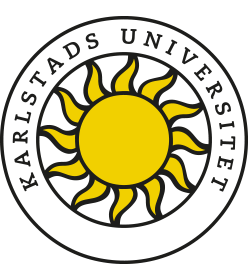Protection of biodiversity: from the local to the global
7.5 ECTS creditsThe purpose of the course is for students to develop knowledge about biodiversity and societal systems for protecting species and ecosystems. The course starts out from water, forest, and cultural landscapes, and the protected environments and species associated with these.
A special emphasis is placed on conflicts between objectives and collaboration as a way to manage these. Protecting biodiversity requires both natural science knowledge about species and ecosystems, and social science knowledge about legislation, responsibility, and governance. Therefore, the course is interdisciplinary.
The course includes the following components:
- Conservation biology; populations, diversity, and landscapes,
- Legislation regulating the protection of biodiversity at national and international levels,
- Forms of protection for species and ecosystems applied by various actors,
- Assessments of biodiversity, ecosystem services, and conflicts between objectives, and
- Forms of and needs for collaboration.
Forms of instruction include lectures, seminars, excursions, and study visits. A group project is also completed and presented both orally and in writing.
A special emphasis is placed on conflicts between objectives and collaboration as a way to manage these. Protecting biodiversity requires both natural science knowledge about species and ecosystems, and social science knowledge about legislation, responsibility, and governance. Therefore, the course is interdisciplinary.
The course includes the following components:
- Conservation biology; populations, diversity, and landscapes,
- Legislation regulating the protection of biodiversity at national and international levels,
- Forms of protection for species and ecosystems applied by various actors,
- Assessments of biodiversity, ecosystem services, and conflicts between objectives, and
- Forms of and needs for collaboration.
Forms of instruction include lectures, seminars, excursions, and study visits. A group project is also completed and presented both orally and in writing.
Progressive specialisation:
G2F (has at least 60 credits in first‐cycle course/s as entry requirements)
Education level:
Undergraduate level
Admission requirements
60 ECTS credits, including at least 30 ECTS credits in the main field of Environmental Science, or equivalent
Selection:
Selection is usually based on your grade point average from upper secondary school or the number of credit points from previous university studies, or both.
This course is included in the following programme
- Degree programme in environmental science with specialisation in risk management (studied during year 2)
